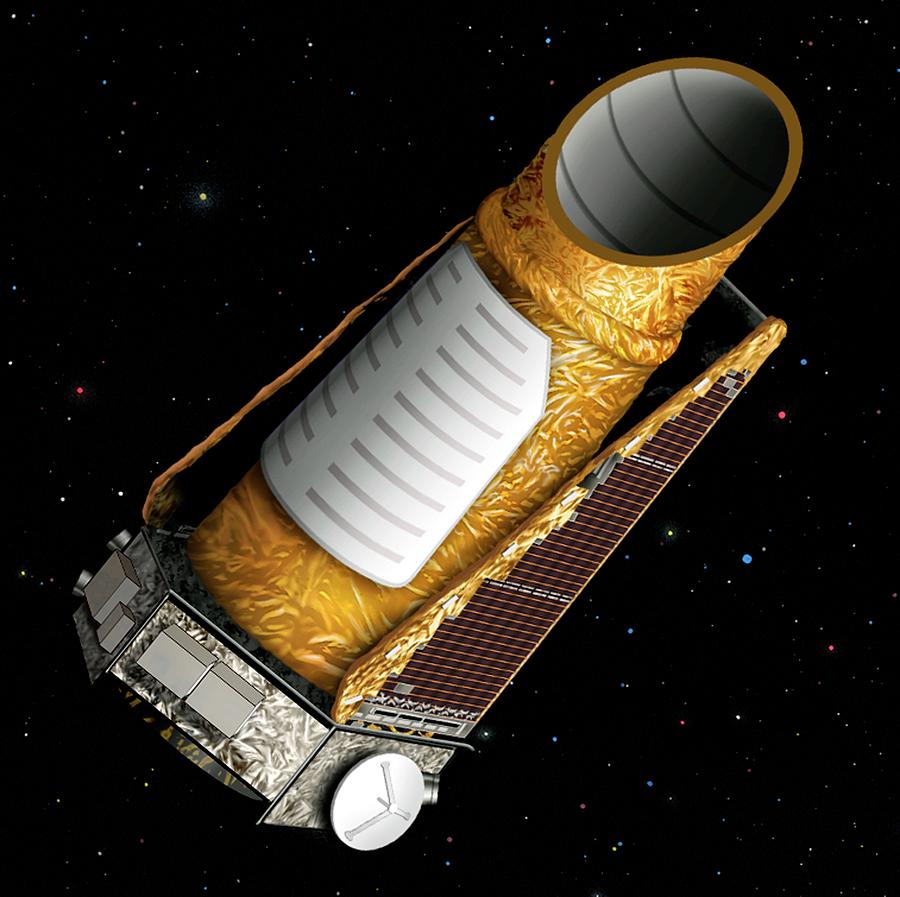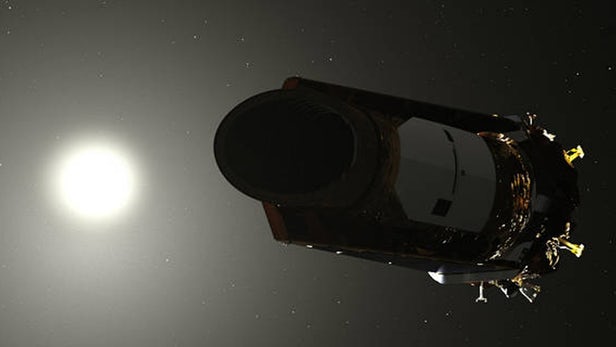

These discoveries, if confirmed, would quadruple the current tally of worlds known to exist beyond our solar system, which recently topped 700. The new finds bring the Kepler space telescope’s total haul to 2,326 potential planets in its first 16 months of operation. NASA’s planet-hunting Kepler spacecraft has confirmed the discovery of its first alien world in its host star’s habitable zone - that just-right range of distances that could allow liquid water to exist - and found more than 1,000 new exoplanet candidates, researchers here announced Dec. And after that, the long delayed successor to Hubble, the James Webb Space Telescope is expected to go into service in 2021 and will be powerful enough to give us our first actual images of exoplanets.MOUNTAIN VIEW, Calif. TESS is more powerful than Kepler, and it is expected to find over 20,000 new exoplanets. Tom McKay at Gizmodo reports that in April, TESS, the Transiting Exoplanet Survey Satellite, was launched and should begin hunting for more planets soon.

Luckily, as Kepler winks out, its successor is already in orbit. “It was like trying to detect a flea crawling across a car headlight when the car was 100 miles away,” Borucki explained at a press conference about Kepler’s retirement. By monitoring a star's brightness, Borucki believed researchers could find signs of planets as they orbited in front of the star, dimming it ever so slightly.The idea worked, but finding the planets meant digging into massive amounts of data. Borucki wanted to broaden the search for smaller planets by using the transit method. Before Kepler, researchers had discovered a handful of giant exoplanets by looking for stars that showed signs that a close gas giant was tugging at them. Clery reports that the idea for the telescope came from NASA scientist William Borucki, whose proposal for a planet-hunting telescope was rejected four times before Kepler became a reality. Getting to that point, however, was a struggle. “Kepler opened the gate for the exploration of the cosmos.” “Now, because of Kepler, what we think about the universe has changed,” NASA astrophysics division director Paul Hertz tells Mary Beth Griggs at The Verge. If the areas Kepler has examined are typical for the entire Milky Way, that means galaxy hosts 100 billion planets, an average of one planet for every star. That will provide many new insights, but Kepler’s discoveries have already rocked the astronomy world. Kepler has provided so much data on planets and stars that scientists will be poring over it for the next decade. In total, the craft examined 500,000 stars for signs of exoplanets.ĭaniel Clery at Science reports that so far, Kepler’s data has revealed 2,650 planets, with more than 3,000 possible exoplanets still awaiting confirmation. Researchers took the opportunity to give Kepler a new mission, dubbed K2, in which it slowly rotated and scanned an even larger portion of the sky. After four years in orbit, the craft experienced a malfunction that made it difficult to aim. It easily completed that primary mission. Launched in 2009, the $600 million craft was originally designed using a 95 megapixel camera that stared at one spot in the constellation Cygnus, eying 150,000 stars for signs that planets circled them. Kepler wasn’t designed to live as long as it did. Its discoveries have shed a new light on our place in the universe, and illuminated the tantalizing mysteries and possibilities among the stars.” “Not only did it show us how many planets could be out there, it sparked an entirely new and robust field of research that has taken the science community by storm. “As NASA's first planet-hunting mission, Kepler has wildly exceeded all our expectations and paved the way for our exploration and search for life in the solar system and beyond,” Thomas Zurbuchen, associate administrator of NASA's Science Mission Directorate says in the statement. Kepler may be gone, but its legacy will live on in the 2,650 exoplanets the telescope spotted, which account for about 70 percent of all the worlds we know outside of our own solar system. Now, NASA has announced that Kepler is officially retired and will spend its days distantly trailing Earth as it orbits the sun. Astronomers downloaded the spacecraft’s data and put it into “nap” mode to conserve energy. Earlier this month, NASA’s planet-hunting Kepler Space Telescope began to get a little wobbly, a sign that the spacecraft was running out of fuel.


 0 kommentar(er)
0 kommentar(er)
